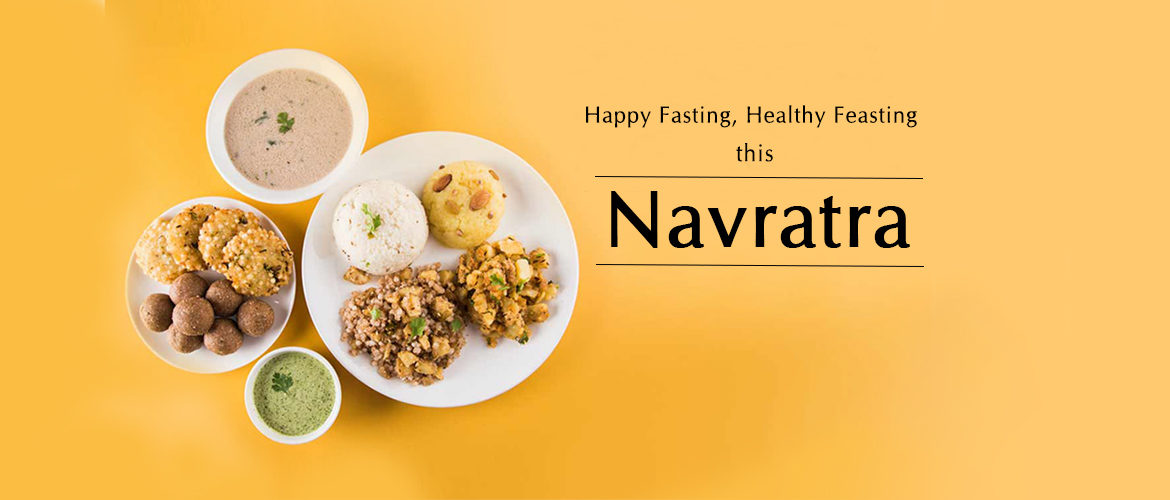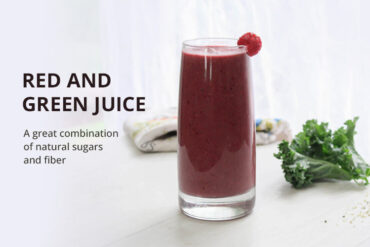Navratras are celebrated to worship the Divine Mother through meditation, prayers and chanting. It is not just a religious practice but a spiritual one too. It coincides, twice a year, with the changing seasons and is a process of rejuvenating our body and mind. This reflects in the foods that are supposed to be consumed during Navratri fasting.
Why is that we fast and that certain foods are shunned during the festival while some are encouraged and embraced wholeheartedly? Here we try to deconstruct some aspects related to food and fasting during the festival.
Fasting is an intergral part of Navratri, which helps to cleanse our body and rekindle the digestive fires. It gives our digestive system the much needed rest from the constant overloaded eating habits. We can use this as an opportunity to detoxify our body and break away from the regular dietary pattern.
Traditionally, Navratri foods are wholesome and high on nutrition. Kuttu (Buckwheat), which we have been having for ages is being hailed as the new superfood! Along with kuttu, sabudana (tapioca pearls), singhada (water chestnut) and amaranth (rajgiri) are widely used and help bridge the gap created by the absence of wheat and rice. Most of the navratri flours are packed with proteins, vitamins, minerals and antioxidants which makes them an ideal substitute for heavy gluten rich grains.
Focus during Navratri should be on foods that are nutrient rich but still light on our stomach, in keeping with saatvic (pure, simple and fresh) principles. Thus, fruits, juices, dairy products and their preparations are stressed upon.
However, when we consume food during this period, we tend to overindulge. We have distorted the cooking techniques such that we load ourselves with fried, high fat foods. This, instead of making our body feel light, tends to bloat it up.
Let’s make the best of the Navratri foods by following these simple techniques.
Cooking Technique – The key to unlocking the nutritional value of food is to cook right – instead of making the usual fried paranthas and pooris, try and make rotis, Kuttu dosas, chilla or pancakes. One can have them with the nourishing Kuttu ki Kadhi. Let’s get innovative and try something new!
Healthy Snacking – One can easily replace fried chips and namkeens with makhanas that can be roasted at home and seasoned with rock salt, black pepper, chilli flakes, etc. to one’s liking. We can also help ourselves to baked potatoes, instead of fried ones. DietCareNutrition has also put together a Navratra salad for healthy snacking. To satiate our need for a dessert during fasting try making the pumpkin kheer. These are the small changes that could go a long way to achieving the desired result of cleansing our bodies.
Keep Hydrated– Kuttu and amaranth being rich in protein need good amount of water for proper digestion. Therefore it is imperative that we increase our liquid intake for proper elimination of toxins during the process of cleansing.
Fruits like water melons, melon, grapes, pomegranates or oranges have high water content. So, try to add 3 different colours of fruits, through the day, to keep you hydrated. Fresh coconut water will also help to keep the ions in balance make us feel light. We also suggest making the bottle gourd punch.
Conscious Fasting – Navratri not being a rigid fast, people tend to follow it differently. The fast could be only on fruits, liquids, once a day grain or varied. We should take into account our health and lifestyle while deciding on the type/ form of fasting. Special care should be taken by people with health issues like diabetes, hypertension and conditions like pregnancy and lactation.
So, hopefully, armed with the science behind Navratri foods, you would be making better informed choices. This Navratri let us leave the unhealthy cooking habits behind and ensure that food that we eat is tasty and healthy too.
Happy Fasting and Healthy Feasting!




